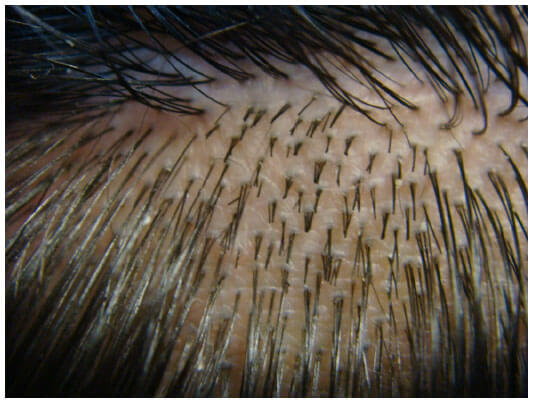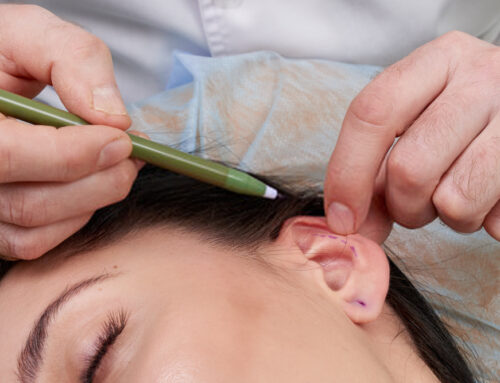How Many Grafts are Transplanted During a Hair Transplant
Hair doesn’t always grow in solo hair clusters, but hair grows in groups of 1, 2, 3 or 4 hairs for most people. These hair bands are known as grafting. Each individual has, on a total, 2 hairs inside each hair graft.
In fact, clinics claiming to implant 4,000+ grafts with one surgery may refer to how often hairs are normally transplanted or may over-exaggerate what can be achieved. Specialists for hair transplantation who claim that they got certainly one of the biggest hair transplant groups anywhere within the world are serving in this field since the early ‘90s.
What is a graft?
“Graft” is the English term for hair transplant. The transplant is not a hair, but a group of hair roots, also called a follicular unit. The graft consists of two to five hairs. The doctor loosens the graft with a round hollow drill from the scalp and then removes it with a special tool. The graft is a punched out piece of skin with a variable number of hairs on it. The implantation is also not done hair by hair, but the obtained hairs are inserted as grafts (with the piece of skin bearing the hair roots) into a pre-drilled or cut opening.
How many grafts are needed?
The number of grafts required depends on the size of the bald area. At least 10 grafts per square centimeter are necessary, 25 grafts per square centimeter look particularly natural. With more than 30 grafts per square centimeter, the growth rate of the transplants deteriorates, so the density is limited. Approximately 1,200 grafts are expected for a receding hairline, around 1,800 grafts for a receding hairline with a slight tonsure and up to 2,500 grafts for large hairless areas.
A good hair transplant centre must have a tremendously professional crew of at least 20 people who work on a transplant. They should be capable of adequately transplant massive numbers of grafts while making sure the survival of the graft.
WHAT may be completed in the “common” affected person?
Despite the fact that each patient is different, the subsequent generalities can be made about “what may be finished” in the average completely bald affected person.
- The commonly affected person has ~ 6000 grafts available in his donor region for transplantation.
- The common size of the balding region in type five affected person is ~ 200 cm2. This can be divided into identical parts:
- The hairline and the front half of that is ~ one hundred Cm2
- The again half and crown on that’s ~ 100 Cm2
The mathematics dictates what you can do:
- Choice 1: You may distribute the grafts flippantly during the whole balding pattern which might create a uniform density of about~ 30 FU/cm2 (6000/2 hundred =30). This is not encouraged. it would create a diffuse thinning look that most sufferers aren’t content material with. most sufferers would love a higher density in the front half toward 40 FU/cm2
- Choice 2: You could put ~ 4000 grafts within the front half and 2000 grafts inside the back half. This could create a density of 40 FU/cm2 inside the front 1/2 and a density of 20 FU/cm2 inside the returned half and crown. In maximum cases, this will create the arrival of fullness within the front half of and hairline. And a barely thinning appearance in the returned half of and crown.
What because of this the average patient commonly has enough hair to create the arrival of fullness inside the front and insurance but a thinning look within the crown. Generally, it takes 2-three hair transplant sessions to move 6000 grafts,
You May Also Like: Hair Transplant in Istanbul
However, all patients are special. Relying on a number of variables some sufferers can get more coverage while others have to be given less. There are sufferers who do now not have sufficient donor hair to do their crown at all. In a few cases, an affected person is not a great candidate for surgical procedure at all
Assessing your desires
A hair loss evaluation is essential in confirming the range of grafts you need to peer the great results, with the right density. For the duration of your hair loss evaluation at your hair transplant health facility, your hair and scalp may be checked out, and the range of grafts you want can be taken into consideration. Your hair loss may be measured in step with the Norwood Scale, and the quantity of grafts you need is likely to be decided by means of the extent of your hair loss, and the thickness of your hair.
How many Grafts are needed For a complete head?
In popular, as much as 4, 000 hair grafts may be transplanted in a single hair transplant remedy. If a person is completely bald, they have to need a big range of hair grafts to grow hair on all regions of the scalp.
Although it requires approximately 4000 hair grafts for a normal transplant, the number of grafts wanted varies for each candidate. It depends on several factors, consisting of:
- Hair characteristics
- Density
- scalp laxity
- Head shape and size
- Facial capabilities
- Aesthetic necessities
The full variety of hair grafts required to re-grow hair on the whole scalp varies from individual to person. Consequently, its miles better to consult your hair transplant general practitioner to learn more about this.
Get the proper quantity of hair grafts!
When you have skinny hair leading to baldness, you need to do not forget a hair transplant to grow more hair evidently. While it’s far better to treat this hassle as quickly as hair thinning starts, it is feasible to treat it in a while. A hair transplant helps combat excessive hair loss and hair thinning. But you need to have sufficient healthy hair follicles in case you need the favored effects.





Leave A Comment